4-Aminophenol
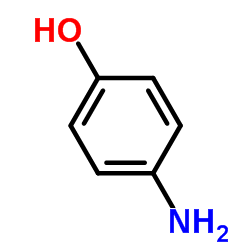
4-Aminophenol structure
|
Common Name | 4-Aminophenol | ||
|---|---|---|---|---|
| CAS Number | 123-30-8 | Molecular Weight | 109.126 | |
| Density | 1.2±0.1 g/cm3 | Boiling Point | 282.0±23.0 °C at 760 mmHg | |
| Molecular Formula | C6H7NO | Melting Point | 188 °C | |
| MSDS | Chinese USA | Flash Point | 124.3±22.6 °C | |
| Symbol |



GHS07, GHS08, GHS09 |
Signal Word | Warning | |
| Name | 4-aminophenol |
|---|---|
| Synonym | More Synonyms |
| Density | 1.2±0.1 g/cm3 |
|---|---|
| Boiling Point | 282.0±23.0 °C at 760 mmHg |
| Melting Point | 188 °C |
| Molecular Formula | C6H7NO |
| Molecular Weight | 109.126 |
| Flash Point | 124.3±22.6 °C |
| Exact Mass | 109.052765 |
| PSA | 46.25000 |
| LogP | -0.29 |
| Vapour Pressure | 0.0±0.6 mmHg at 25°C |
| Index of Refraction | 1.637 |
| InChIKey | PLIKAWJENQZMHA-UHFFFAOYSA-N |
| SMILES | Nc1ccc(O)cc1 |
| Stability | Stable, though may discolour in air. Incompatible with acids, chloroformates, strong oxidizing agents. |
| Water Solubility | 1.5 g/100 mL (20 ºC) |
CHEMICAL IDENTIFICATION
HEALTH HAZARD DATAACUTE TOXICITY DATA
MUTATION DATA
|
| Symbol |



GHS07, GHS08, GHS09 |
|---|---|
| Signal Word | Warning |
| Hazard Statements | H302 + H332-H341-H410 |
| Precautionary Statements | P261-P280-P301 + P312 + P330 |
| Personal Protective Equipment | dust mask type N95 (US);Eyeshields;Faceshields;Gloves |
| Hazard Codes | Xn:Harmful |
| Risk Phrases | R20/22;R50/53;R68 |
| Safety Phrases | S28-S36/37-S60-S61-S28A |
| RIDADR | UN 2512 6.1/PG 3 |
| WGK Germany | 3 |
| RTECS | SJ5075000 |
| Packaging Group | III |
| Hazard Class | 6.1 |
| HS Code | 2922299090 |
| Precursor 9 | |
|---|---|
| DownStream 10 | |
| HS Code | 2922299090 |
|---|---|
| Summary | 2922299090. other amino-naphthols and other amino-phenols, other than those containing more than one kind of oxygen function, their ethers and esters; salts thereof. VAT:17.0%. Tax rebate rate:13.0%. . MFN tariff:6.5%. General tariff:30.0% |
|
A predictive ligand-based Bayesian model for human drug-induced liver injury.
Drug Metab. Dispos. 38 , 2302-8, (2010) Drug-induced liver injury (DILI) is one of the most important reasons for drug development failure at both preapproval and postapproval stages. There has been increased interest in developing predicti... |
|
|
Silver nanoparticles-decorated polyphosphazene nanotubes: synthesis and applications.
Nanoscale 5(17) , 7913-9, (2013) Herein, we report the preparation of poly (cyclotriphosphazene-co-4,4'-sulfonyldiphenol) (PZS) nanotubes decorated with Ag nanoparticles (NPs). The PZS nanotubes have been synthesized firstly via an i... |
|
|
Development of a SPE-UHPLC-MS/MS methodology for the determination of non-steroidal anti-inflammatory and analgesic pharmaceuticals in seawater.
J. Pharm. Biomed. Anal. 106 , 61-70, (2015) An analytical methodology for the simultaneous determination of seven pharmaceuticals and two metabolites belonging to the non-steroidal anti-inflammatory drugs (NSAIDs) and analgesics therapeutic gro... |
| 4-NH2-Phenol |
| AZOL |
| 4-amino-phenol |
| Energol |
| Unal |
| Freedol |
| Kathol |
| 4-AMINOPHENOL 0,97 |
| |p|-Aminophenol |
| 4-AMINO-1-HYDROXYBENZENE |
| P-AMINOPHNOL |
| EINECS 204-616-2 |
| CITOL |
| 4-Hydroxyaniline |
| para-hydroxyaniline |
| 4-AMINO PHENOL |
| ursolp |
| 4-Aminophenol |
| Acetaminophen Impurity K |
| para-amino phenol |
| Kodelon |
| 4-NITROBENZENAMINE |
| 4-AMINOPHENOL (4-HYDROXYANILINE) |
| PARACETAMOL,IMP. K |
| p-Aminophenol |
| 4-AMINOPHENOL FOR SYNTHESIS |
| renalac |
| p-hydroxyphenylamine |
| MFCD00007869 |
| 1-amino-4-hydroxybenzene |
| P-AMINO PHENOL |
| Paracetamol Impurity K |
| 4-AMINOPHENOL/4-HYDROXYANILINE |
| Mesalazine Impurity 1 |
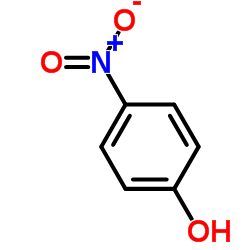 CAS#:100-02-7
CAS#:100-02-7 CAS#:98-95-3
CAS#:98-95-3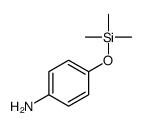 CAS#:36309-42-9
CAS#:36309-42-9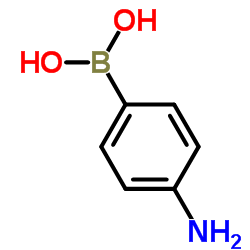 CAS#:89415-43-0
CAS#:89415-43-0 CAS#:24541-43-3
CAS#:24541-43-3 CAS#:1145-76-2
CAS#:1145-76-2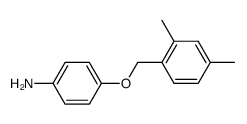 CAS#:84253-23-6
CAS#:84253-23-6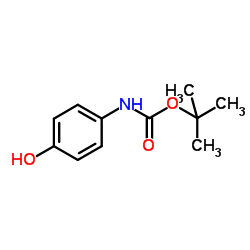 CAS#:54840-15-2
CAS#:54840-15-2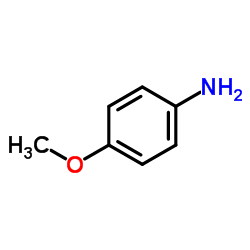 CAS#:104-94-9
CAS#:104-94-9![[4-(4-propylpiperazin-1-yl)phenyl] 4-fluorobenzoate structure](https://image.chemsrc.com/caspic/089/105745-91-3.png) CAS#:105745-91-3
CAS#:105745-91-3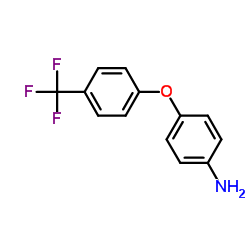 CAS#:57478-19-0
CAS#:57478-19-0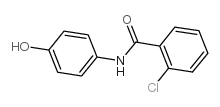 CAS#:35607-02-4
CAS#:35607-02-4 CAS#:55996-28-6
CAS#:55996-28-6![N-(4-hydroxyphenyl)benzo[d][1,3]dioxole-5-carboxamide structure](https://image.chemsrc.com/caspic/018/110360-78-6.png) CAS#:110360-78-6
CAS#:110360-78-6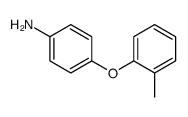 CAS#:56705-83-0
CAS#:56705-83-0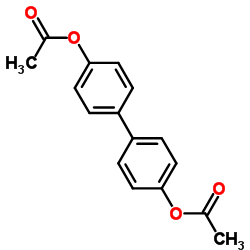 CAS#:32604-29-8
CAS#:32604-29-8![4-[(THIOPHEN-2-YLMETHYL)-AMINO]-PHENOL structure](https://image.chemsrc.com/caspic/234/3139-28-4.png) CAS#:3139-28-4
CAS#:3139-28-4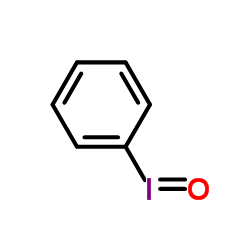 CAS#:536-80-1
CAS#:536-80-1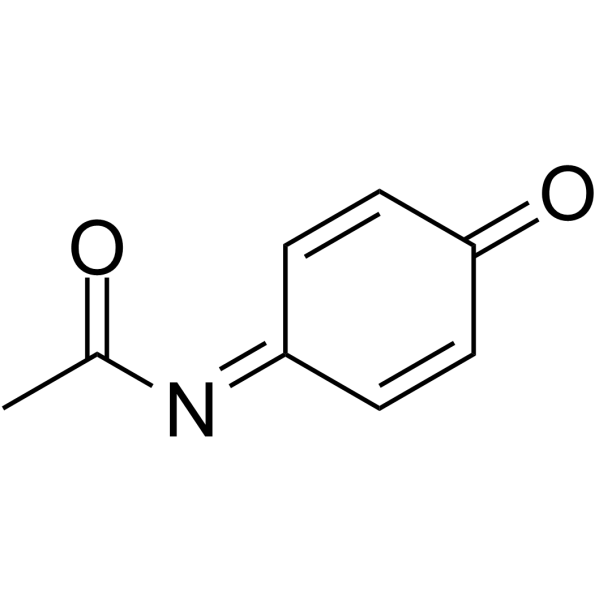 CAS#:50700-49-7
CAS#:50700-49-7
